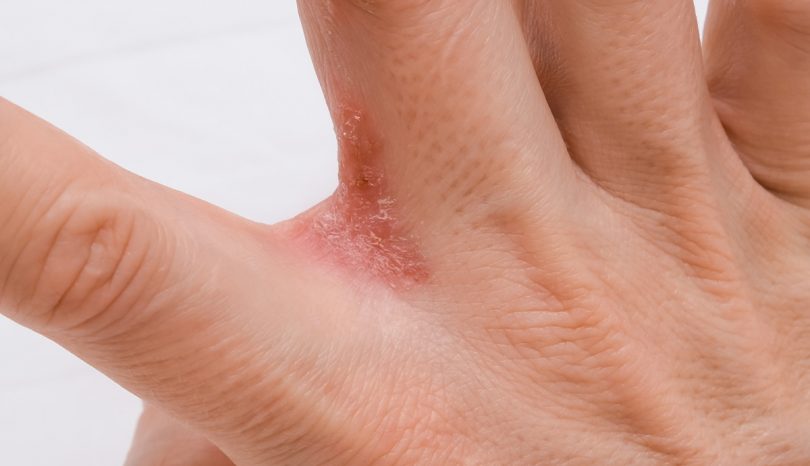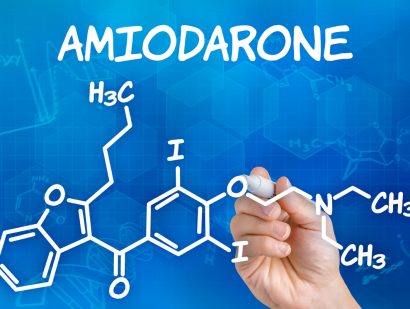- Find A Medical Provider
- Auto Injuries
- Common Injuries
- Medical/Pharmaceutical
- Types of Medical Injuries
- Malpractice Injuries
- Drug and Medical Device Injuries
- Drugs and Devices Linked to Cancer
- Opioid Addiction
- Drugs and Devices Known to Cause Injury
- 3M Combat Arms Earplugs – Hearing Loss
- Accutane
- Aciphex
- Actonel
- Actos
- Adderall and Ritalin
- Advair
- Aldara (Imiquimod)
- Alli
- Ambien
- Amiodarone
- Anzemet
- Aptivus
- Aranesp
- Arava
- Atorvastatin
- Avandia
- Benicar
- Birth Control Medication
- Blood Thinners
- Essure
- Fosamax (Alendronate Sodium)
- Gadolinium-Based MRI Contrast Agents
- Granuflo
- Hernia or Surgical Mesh Injuries
- Hydroxycut
- Inferior Vena Cava Filters
- Invokana Toe and Foot Amputations
- Ketek
- Levaquin
- Lipitor
- Mirapex
- Neurontin
- Onglyza
- Over-the-Counter Medications
- OxyContin
- Paxil
- Power Morcellators
- Pradaxa
- Propecia
- Reglan
- Talc Powder
- Trasylol
- Valsartan
- Viagra
- Xolair
- Zelnorm
- Zoloft
- Work Injuries
- Sports Injuries
- Marketing Services
- Blog
List your practice on InjuredCare | Log in / Sign up
Erythema Multiforme Major and Stevens-Johnson Syndrome

Erythema Multiforme Major and Stevens-Johnson Syndrome
Erythema Multiforme
Erythema multiforme, also known as EM, is a skin condition that ranges from mild rashes (erythema multiforme minor) to potentially life-threatening forms (erythema multiforme major, or EMM).
An erythema (from the Greek for "red"), manifests as a redness of the skin or the mucous membranes, and can be caused by a number of events, from a bruise or injury to an infection or inflammation. An EM is typically of unknown cause, though it has been observed to commonly arise after an infection or use of a pharmaceutical product.
The term "multiforme" suggests that an erythema may present itself in a variety of ways. The most frequent symptom of an erythema is what is commonly referred to as a "target lesion," a skin rash that looks like a "bulls-eye" from a target.
An erythema multiforme minor customarily involves lesions on bodily extremities and involves mild itching, as well as reddish-pink blotches systematically arranged on the body. If in the classic shape of a target, the center is customarily much paler than the rest of the lesion. In most instances, an erythema multiform minor will go away in 7 to 10 days.
An erythema multiforme major may initially present similar to the minor condition, but will eventually involve mucous membranes.
In most instances, EMM requires no treatment. However, a glucocorticoid may be applied, though the effect may be uncertain and inconsistent.
Stevens-Johnson Sydrome
Stevens-Johnson syndrome (SJS) is a more serious type of skin reaction, typically associated with a reaction to a pharmaceutical product. Initial symptoms of SJS look like flu symptoms, with a fever as a common indicator. Within a few days, SJS may cause blistering of the skin, as well as dehydration, sepsis, pneumonia and even organ failure. The lesions are typically about an inch in diameter and appear on the arms, legs, face, trunk and soles of the feet. The fatality rate among patients with SJS can be as high as 10%.
The condition is considered SJS if less than 10% of the body is covered with lesions. When the lesions cover more of the body, the condition is generally labeled as "toxic epidermal necrolysis" or TEN.
Treatment for SJS usually involves hospitalization in a burn unit or intensive care ward. Skin may grow back in a few weeks, but often takes months.









